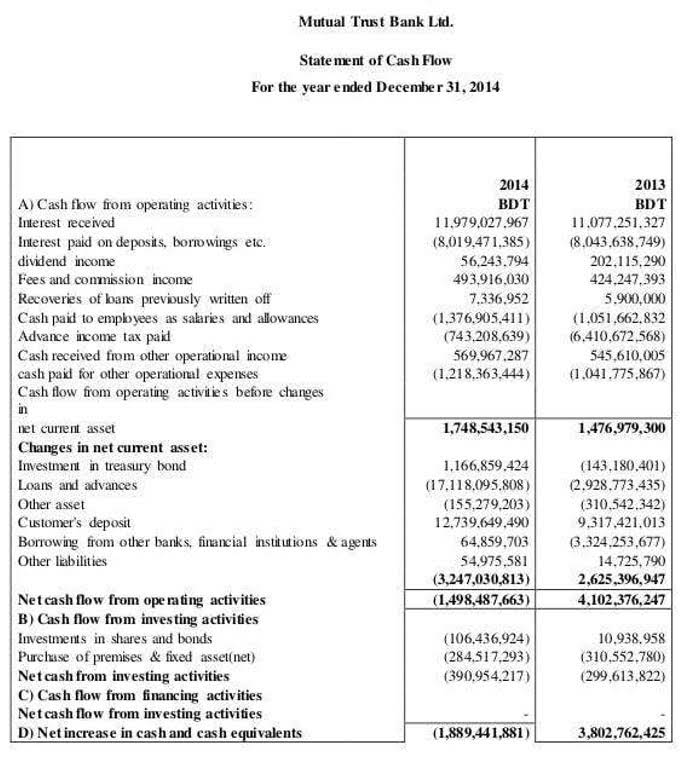
Financial statements are a key tool for understanding your business’s financial health. They include information such as revenue, expenses, asset values, and liabilities. Financial statements can be used to assess your why are financial needs of startup businesses difficult to calculate? business’s performance over time and make informed decisions about the future. There are a few key financial indicators that every startup should track. These include revenue growth, customer acquisition costs, gross margin, and burn rate. External investors, such as angel investors, early-stage venture capitalists, and dedicated seed funds, usually come in at this stage.

How can startups leverage technology and software tools to streamline their financial planning processes?
- Startups can overcome these challenges by focusing on their unique value proposition and continuously innovating their offerings.
- Without this knowledge, startups may find themselves struggling to stay afloat financially.
- Customer acquisition cost (CAC) is the sum of all sales, marketing, and distribution expenditures to get a new customer.
- A higher gross margin means you have more money left over to cover operating expenses, invest in growth, or build a cushion for tough times.
- It involves predicting the amount of funding needed to support the business’s growth and operations in the initial stages.
- Yes, there are definitely resources that can help startups estimate the amount of money they will need to be successful.
If entrepreneurship sounds like the right path for you, then it’s time to make your decision with confidence. Start small – begin your product line as a side hustle part-time during weekends to get your feet wet and learn about your industry and yourself as an entrepreneur. I have seen too many entrepreneurs proceed without people’s support, ultimately resulting in their failure. Having a spouse or parent who will negatively comment on your small business decision and undermine your confidence is a significant hindrance to entrepreneurial success.
Traction and Growth Metrics
That includes all equipment, any licenses or legal fees and the space you need to do it in – whether bought or rented. However, there is a little more to it than simply crunching the numbers; there is much to consider to be able to handle uncertainties and have a winning strategy to set you up for success. Our valuations are built on robust methodologies that stand up to scrutiny, so you avoid unnecessary costs and complications. Since 2010, Eton has delivered thousands of audit-defensible startup and 409A valuations. Their objective perspective can balance your emotional attachment to the company, leading to a retained earnings more realistic and credible valuation. Most founders overestimate their company’s worth due to emotional attachment, leading to unrealistic expectations.

How to access additional funding for your startup?
This variable, ongoing expense can leave new business owners with sticker shock. Businesses need to prepare ahead for taxes, https://www.bookstime.com/ including income taxes, franchise taxes, employment taxes, and corporate taxes, just to name a few. Working capital is the amount of money a business has readily available for daily operations based on the difference between current liabilities and assets.
- The goal of a startup financial analysis is to give you a clear picture of your businesss financial health so that you can make informed decisions about where to allocate resources.
- These tools offer real-time tracking of your expenses, allowing you to stay on top of your financial needs for startups as they evolve.
- It translates the subjective vision of the company into objective numbers, which can be analyzed.
- So let me extend an olive branch to you, the person reading this even though you could be doing something else; this will not be an article about financial reports themselves.
- The process to raise money for a business varies widely on the type of startup funding, with each having different requirements and application processes.
- Similarly, if you’re planning to raise funds, make sure you calculate how that cash will affect your burn rate and extend your runway.
Customer relationship management (CRM) systems collect and analyze information about your current and potential clients from online sources and your direct interaction with the public. The goal is to build awareness of your brand while you identify the most promising leads and learn the demographics of your target audience. Your marketing efforts begin well before your first day of operation. In addition to creating your website, you have to optimize it for search engines so that it appears in search results when people enter keywords and phrases related to your products. You’ll also want to add your business to online directories and establish a presence on social media.
How to Value a Startup with No Revenue

This should include easy to overlook costs like shipping, taxes, insurance, payment processing fees, and utilities. Most startups take three seed rounds and almost two years to establish a product, user base, consistent KPIs, and revenue. Or maybe you’re still on your own with personal savings and/or debt on the line. Either way, you owe it to someone to do your due diligence when it comes to managing your startup’s finances. There are many other reasons why startups fail, but these are some of the most common ones.
How Does Management Work?
Once you’ve considered all of these costs, you can start to come up with a total amount you’ll need to get started. Keep in mind that it’s always a good idea to overestimate your costs, as it’s better to have too much money than not enough. Another option for funding your startup is to borrow money from a bank or other lender. The amount of money you can borrow will depend on a number of factors, including your credit score and the collateral you have to offer. To get a better sense of how much money you’ll need to start your business, let’s take a look at some of the key factors to consider.
Risk Factor Summation Approach
Customer lifetime value (LTV) is how much revenue you expect a customer to generate cumulatively. This number can help you decide how much money is worth investing to win each new customer. Deduct all overhead and operating expenses to get your operating margin, a.k.a. EBIT (earnings before interest and taxes). Expenses are the costs you deduct from total revenue in an income statement to see whether you’re profitable. As part of the accounting process, you must meticulously account for every cost.

If they are investing $1 million, the pre-money valuation would be $4 million. The DCF method calculates a startup’s value by forecasting cash flows over several years, then discounting those back to the present to reflect the risk and time value of money. The Berkus Method is a popular startup valuation method for pre-revenue startups.
